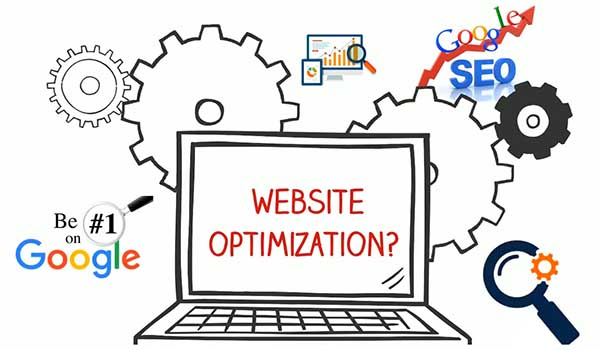table of contents
In today’s digital landscape, a well-optimized website is no longer a luxury—it’s a necessity. Whether you’re running a personal blog, an e-commerce store, or a corporate site, optimization directly impacts your visibility, user experience, and bottom line. But optimization isn’t a one-size-fits-all endeavor. Let’s explore the spectrum of website optimization, from foundational “good” practices to transformative “best” strategies that can elevate your digital presence.
The “Good” Foundation: Essential Optimization Practices
Every successful website optimization strategy begins with solid fundamentals. These are the non-negotiable elements that form the bedrock of your online presence.
Technical Essentials
- Mobile Responsiveness: Ensure your site displays properly across all devices
- Page Speed Optimization: Compress images and minimize HTTP requests
- Basic SEO Structure: Implement proper title tags and meta descriptions
- SSL Certificate: Secure your site with HTTPS protocol
Content Fundamentals
Create valuable, readable content that addresses your audience’s needs. Focus on clear navigation, logical information architecture, and basic keyword implementation. While these practices won’t make you stand out, they’ll prevent you from falling behind.
The “Better” Approach: Intermediate Optimization Strategies
Once you’ve mastered the basics, it’s time to level up. These intermediate strategies help you compete more effectively in crowded digital spaces.
Enhanced User Experience
- Implement intuitive navigation and search functionality
- Optimize for core web vitals (LCP, FID, CLS)
- Add schema markup for rich snippets
- Create comprehensive internal linking structures
Advanced Content Strategy
Move beyond basic blogging to develop pillar content and topic clusters. Conduct thorough keyword research to identify long-tail opportunities and user intent. Implement regular content audits to refresh and improve existing material.
Technical Sophistication
Leverage advanced caching strategies, implement lazy loading for images, and optimize your site’s crawl budget. These technical improvements can significantly boost your search performance and user satisfaction.
The “Best” Practices: Cutting-Edge Optimization
For those aiming to lead rather than follow, these advanced strategies represent the pinnacle of website optimization.
AI-Powered Personalization
Implement machine learning algorithms to deliver personalized content experiences. Use behavioral data to dynamically adjust content, offers, and navigation paths for individual users.
Voice Search Optimization
- Optimize for conversational queries and natural language
- Create FAQ content that answers specific questions
- Ensure your business information is consistent across all platforms
- Implement structured data for voice search compatibility
Progressive Web App (PWA) Features
Transform your website into an app-like experience with offline functionality, push notifications, and home screen installation. PWAs can dramatically improve engagement and conversion rates.
Advanced Performance Optimization
Go beyond basic speed improvements with:
- Critical CSS inlining and resource prioritization
- Advanced image optimization with next-gen formats
- Server-side rendering for dynamic content
- Edge computing and CDN optimization
Implementing Your Optimization Strategy
Assessment and Planning
Begin with a comprehensive audit of your current website performance. Identify gaps between your current state and your optimization goals. Create a phased implementation plan that prioritizes high-impact improvements.
Continuous Improvement
Website optimization isn’t a one-time project—it’s an ongoing process. Establish regular monitoring, testing, and refinement cycles. Use A/B testing to validate improvements and data-driven insights to guide future optimizations.
Measuring Success
- Track core metrics like conversion rates and bounce rates
- Monitor search engine rankings and organic traffic
- Measure user engagement and satisfaction metrics
- Analyze technical performance indicators
The Future of Website Optimization
As technology evolves, so do optimization opportunities. Emerging trends like Core Web Vitals, page experience signals, and AI-driven content creation are reshaping what’s possible. The most successful websites will be those that embrace continuous learning and adaptation.
Remember: optimization is a journey, not a destination. Start with the “good” practices to establish a solid foundation, progress to “better” strategies to gain competitive advantage, and eventually implement “best” practices to become an industry leader. Your website’s potential is limited only by your commitment to ongoing optimization.





